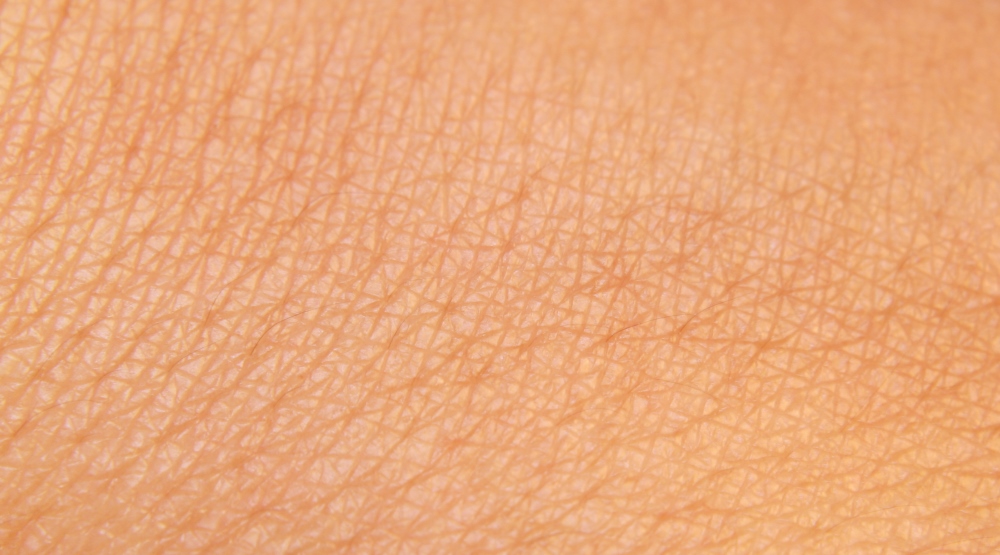US Scientists have created 3D-printed skin complete with blood vessels – a major step toward creating skin grafts that look and behave like natural skin.
Researchers at New York’s Rensselaer Polytechnic Institute and Yale School of Medicine combined cells found in human blood vessels with other ingredients including animal collagen to print a skin-like material.
After a few weeks, the cells form into a ‘skin’ with vasculature. The ‘skin’ was then grafted onto a mouse where its blood vessels “began to communicate and connect with the mouse’s own vessels”.
Lead researcher Pankaj Karande, an associate professor of chemical and biological engineering, explained that this was “extremely important because we know there is actually a transfer of blood and nutrients to the graft keeping it alive.
He said skin grafts currently available fail to fully integrate with natural skin largely due to “the absence of a functioning vascular system”.
“Right now, whatever is available as a clinical product is more like a fancy band-aid.
“It provides some accelerated wound healing, but eventually it just falls off; it never really integrates with the host cells.”
The researchers’ new paper, 3D Bioprinting of a vascularized and perfusable skin graft using human keratinocytes, published in Tissue Engineering Part A, shows that if key elements ‒ including human endothelial cells and pericyte cells ‒ are combined with animal collagen and other structural cells typically found in a skin graft, the cells start communicating and forming a biologically relevant vascular structure within weeks.
“As engineers working to recreate biology, we’ve always appreciated and been aware of the fact that biology is far more complex than the simple systems we make in the lab,” said Karande.
“We were pleasantly surprised to find that, once we start approaching that complexity, biology takes over and starts getting closer and closer to what exists in nature.”
However, in order to make this usable at a clinical level, researchers need to be able to edit the donor cells using something like the CRISPR technology, so that the vessels can integrate and be accepted by the patient’s body.
“We are still not at that step, but we are one step closer,” Karande said.
Karande said more work needs to be done to address the challenges associated with burn patients, which include the loss of nerve and vascular endings, but the new grafts bring researchers closer to helping people with “more discrete issues like diabetic and pressure ulcers”
“For those patients, these would be perfect, because ulcers usually appear at distinct locations on the body and can be addressed with smaller pieces of skin,” he said.
“Wound healing typically takes longer in diabetic patients, and this could also help to accelerate that process.”
For more news and updates, subscribe to our weekly newsletter.

